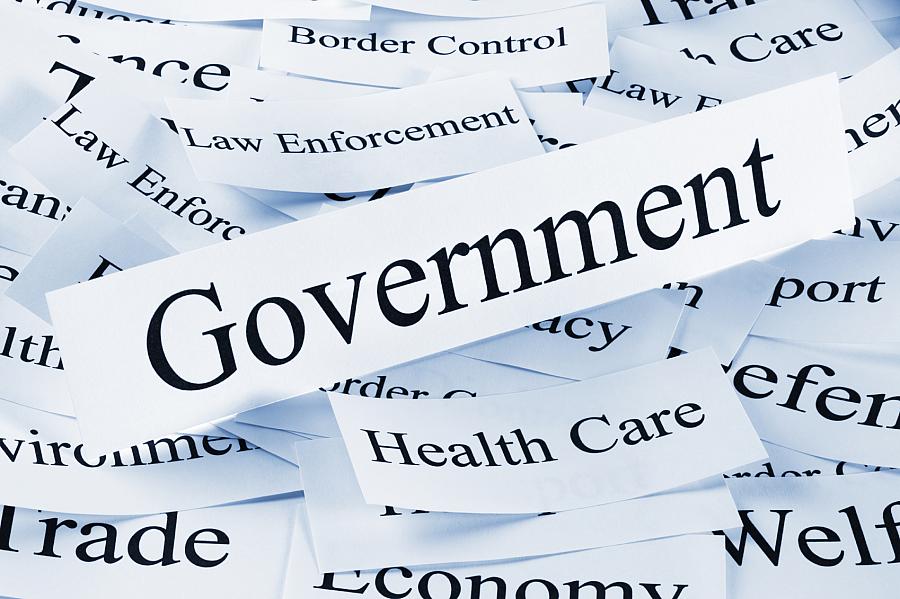Tracking the Distribution of Obamacare Benefits

The Affordable Care Act (ACA) may be the law of the land, but it looks like Americans' ability to to access the benefits it promises will vary greatly depending on where they live.
The ACA as written promisess affordable health insurance for all Americans. Low- and middle-income citizens are supposed to get either Medicaid - newly expanded to include populations never before eligible - or subsidies to help them afford private coverage via new health insurance marketplaces or "exchanges."
But it's up to states to distribute those benefits, and only a minority have agreed to implement the federal law as written.
The U.S. Supreme Court's 2012 decision allowing states to opt out of expanding Medicaid has resulted in at least 21 states saying they won't. That means millions of the lowest-income Americans won't have a means to pay for health care, while others with the same socioeconomic status will, depending solely on which state they call home.
That's also likely to be true for Americans whose make more money, but still qualify for new subsidies to help them afford private coverage available on the new exchanges that are supposed to open October 1st. Only 16 states have agreed to operate their own exchanges, far fewer than the Obama administration was hoping for. Peope lilving in the rest of the country will be relying on a federal exchange to give them access to robust heath coverage and subsidies to make it affordable.
Whether the federal government is up to that challenge remains to be seen. Even if it is, it faces another formidible challenge in getting the word out about the new benefits and helping people sign up for them. States operating their own exchanges have hundreds of millions of dollars in federall grant money to run public education and enrollment campaigns. Far less has been budgeted for outreach in federal exchange states.
My 2013 Dennis Hunt grant project will compare Colorado, a state that appears on track to establish its own exchange and aggresively recruit residents to use it, with states that are less eager to make the ACA work, or even resistant to doing so. I'll look particularly at how states and the federal government perform at extending new health benefits to their most vulnerable and hard to reach populations.

